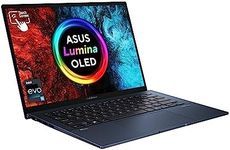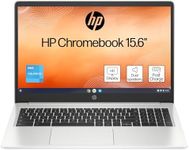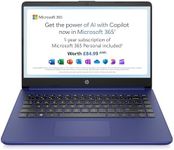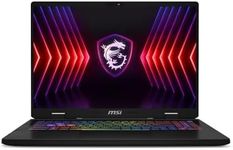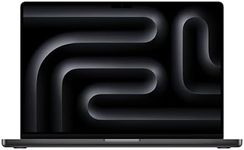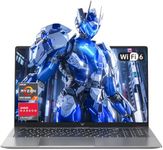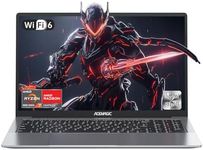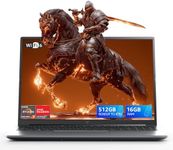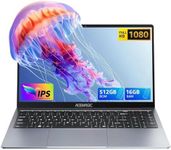Buying Guide for the Best New Laptops
When choosing a new laptop, it's important to consider how you plan to use it. Whether it's for work, gaming, or general use, different laptops offer various features that cater to specific needs. Understanding the key specifications will help you make an informed decision that aligns with your requirements. Consider what tasks you'll be performing most often and prioritize the specs that will enhance those activities.Processor (CPU)The processor, or CPU, is the brain of your laptop, determining how fast and efficiently it can perform tasks. A more powerful processor can handle more demanding applications and multitasking with ease. Processors are often categorized by their number of cores and clock speed, measured in gigahertz (GHz). For basic tasks like browsing and word processing, a dual-core processor is sufficient. For more intensive tasks like video editing or gaming, a quad-core or higher processor is recommended. Consider your typical usage to decide the right processor for you.
RAMRAM, or Random Access Memory, is crucial for multitasking and running applications smoothly. It temporarily stores data that your laptop is actively using, allowing for quick access. More RAM means your laptop can handle more applications at once without slowing down. For general use, 8GB of RAM is usually adequate. If you plan to run heavy applications or multitask frequently, consider 16GB or more. Think about how many applications you use simultaneously to determine the right amount of RAM.
StorageStorage determines how much data you can keep on your laptop, including your operating system, applications, and personal files. There are two main types: HDD (Hard Disk Drive) and SSD (Solid State Drive). SSDs are faster and more reliable but typically more expensive. For speed and performance, an SSD is recommended, especially if you frequently access large files or applications. For general use, 256GB of storage is a good starting point, but if you store a lot of media or large files, consider 512GB or more. Assess your storage needs based on your file habits.
DisplayThe display is where you'll spend most of your time interacting with your laptop, so it's important to choose one that suits your needs. Key factors include size, resolution, and panel type. Larger screens (15 inches or more) are great for productivity and media consumption, while smaller screens (13-14 inches) offer better portability. Resolution affects clarity; Full HD (1920x1080) is standard, but higher resolutions like 4K offer sharper images. Consider what you'll be using the display for to choose the right size and resolution.
Battery LifeBattery life is crucial if you plan to use your laptop on the go. It determines how long you can use your laptop without needing to recharge. Battery life is measured in hours and can vary based on usage and settings. For frequent travelers or those who work remotely, a laptop with 8 hours or more of battery life is ideal. If you primarily use your laptop at a desk, battery life may be less critical. Think about your mobility needs to decide how important battery life is for you.
Graphics Card (GPU)The graphics card, or GPU, is responsible for rendering images and video. It's especially important for gaming, video editing, and graphic design. Integrated graphics are sufficient for basic tasks and light gaming, while dedicated graphics cards offer better performance for demanding applications. If you're a gamer or work with high-resolution video or 3D graphics, a dedicated GPU is recommended. Consider the type of visual tasks you'll be performing to determine the necessity of a powerful GPU.
Ports and ConnectivityPorts and connectivity options determine how you can connect your laptop to other devices and networks. Common ports include USB, HDMI, and headphone jacks. More ports offer greater flexibility for connecting peripherals like external monitors, keyboards, and mice. Additionally, consider wireless connectivity options like Wi-Fi and Bluetooth. If you frequently connect to various devices, ensure the laptop has the necessary ports and connectivity features. Evaluate your peripheral needs to choose the right configuration.

